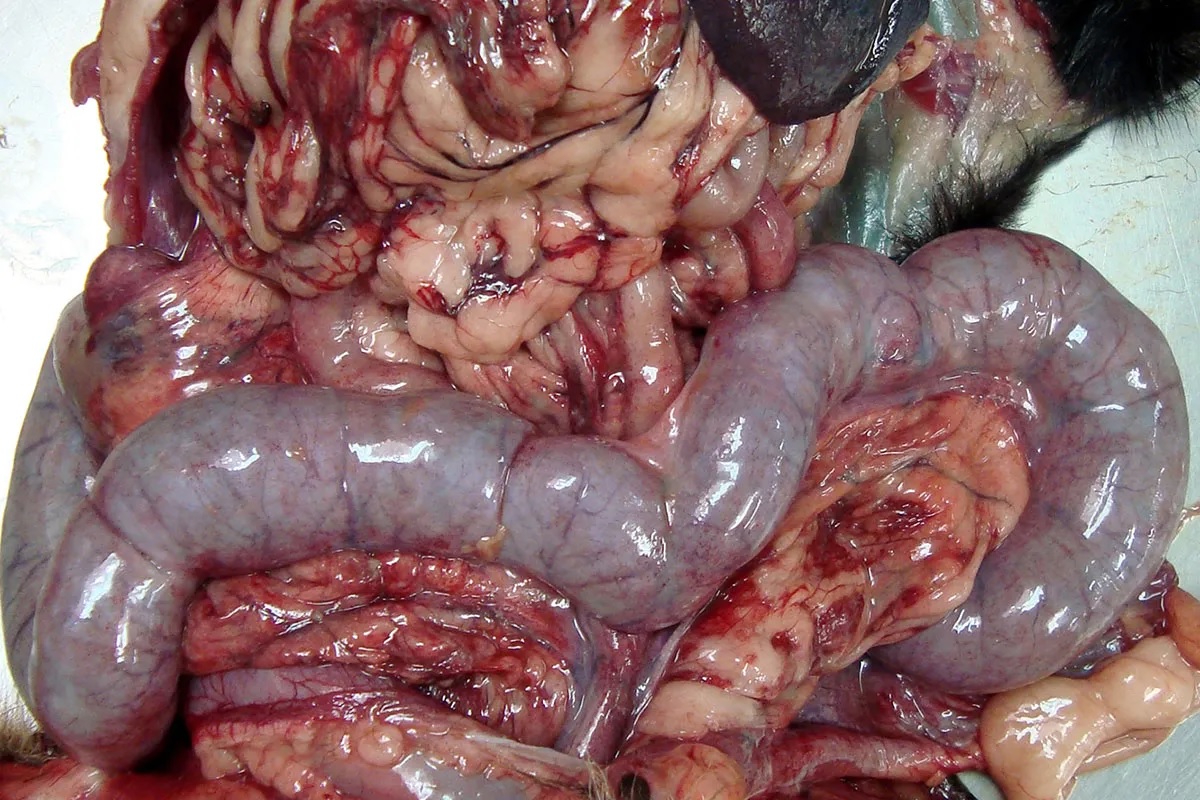Canine pyometra – an update and revision of diagnostic terminology
DOI:
https://doi.org/10.24070/bjvp.1983-0246.v14i1p1-8Keywords:
female dog, endometritis, pseudoplacentational endometrial hyperplasia, reproductive pathologyAbstract
Pyometra is frequently diagnosed in female dogs, and it is characterized by endometrial inflammation, accumulation
of purulent exudate within the lumen, and bacterial infection. In the dog, pyometra affects more often aged nulliparous
bitches during the luteal phase. Pathogenesis of pyometra is multifactorial and progesterone seems to be a key factor. Cystic
endometrial hyperplasia has been described as a predisposing condition for canine pyometra. However, a recent study
demonstrated that cystic endometrial hyperplasia is not significantly associated with naturally occurring pyometra, whereas
there is a significant association of this condition with pseudoplacentational endometrial hyperplasia. The aim of this review
is to provide an update on canine pyometra, with focus on its association with uterine hyperplasic lesions, which supports a
proposal for adoption of more adequate diagnostic terminology.


